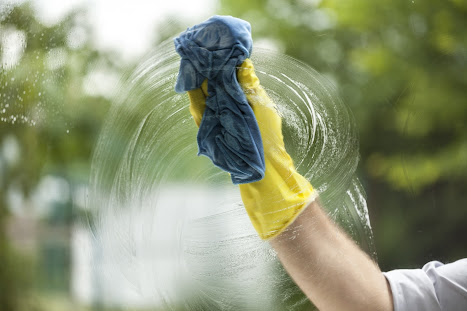What are the risks of biofilm in dental water lines?
It is well known that bacterial biofilms can be found in dental water systems. The origin of the water supply is attributed to the planktonic bacteria present in the water. The long, narrow bore of the dental unit appears to provide a legionella risk assessment scotland favorable environment for biofilm formation. Biofilms have higher levels of physiological activity, and are more resistant to biocides. The biofilm forms a layer of bacteria that adheres strongly to the walls of the tube.
In fact, several pathogens including Pseudomonas and Mycobacterium have been isolated from the dental unit water line (DUWL). These bacteria are capable of causing severe illnesses, and clients with immunosuppression are particularly at risk. It is believed that contaminated water in dental systems can cause occupational asthma among dentists.
Even with a regular cleaning and disinfection program, it's not uncommon to find dental practices that have contaminated water lines.
Recent research shows that many biocides are unable to remove biofilms, and as a result, these cleaning and disinfection regimes can be ineffective. It is possible that this is due to the microbiological resistance of many organic biocides. In fact, the most effective biocide in the research was the 5% sodium hypochlorite. Due to its oxidizing action, Sodium Hypochlorite is a very potent biocide. Bacteria cannot develop resistance to it. Biocide's oxidising properties will also break down the polysaccharide and lipid components, and remove the biofilm.
Biocide resistance has been attributed to plasmid transfers, which is the transfer from bacteria to bacteria of small DNA fragments. Plasmid transfers combined with high rates of mutations under adverse conditions will result in dental water lines being prone to biofilm.
There are several practices that can be used to minimise the formation of biofilms. First, if you are currently only using a single type of biocide then a multiple biocide treatment should be implemented to prevent the development of resistance. It has been shown that a twin biocide can reduce biofilm by 98%, while a single-biocide reduction is between 16%-92% depending on which biocide was used.
Second, a routine sampling of the dental water lines should be performed to determine whether contamination is present. Simple TVC tests at 22 C or 37 C can provide accurate microorganism counts and details about the amount of contamination, if there is any. TVC testing can be done at many labs in the UK. Expect to pay 10-25 pounds for each sample. However, make sure that the lab is accredited by the UKAS scheme.
Dipslide samples are not recommended by many because they lack the precision or low-end resolution capabilities to effectively manage contamination.




Comments
Post a Comment